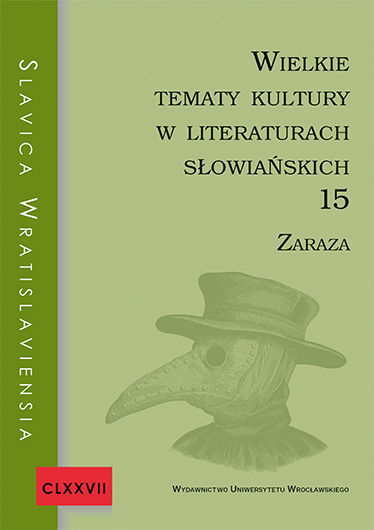

Artykuły

The plague can be symbolically interpreted as a deadly ideology that led to the deaths of several million people and the subsequent erasure of these traumatic events from collective memory. This paper takes a closer look at the literary representations of the Holodomor, the Great Famine of 1932–1933, in English-language children’s literature of the Ukrainian diaspora, using the example of the first edition of the picturebook Tell Me a Story, Babushka (2019) by Carola Schmidt, an author of Ukrainian-Brazilian origin, illustrated by Vinicius Melo. The article highlights the relationship between the two complementary narrative voices that Schmidt and Melo use to familiarize their young readers with the Holodomor. The article also shows that despite the generalizations present in Tell Me a Story, Babushka, Schmidt and Melo succeed in bringing the subject matter of the Holodomor to young readers without being misleading. Moreover, due to the universal nature of the fairytale narrative and the educational values it conveys, the picturebook can provoke extratextual discussions about the Great Famine and Ukrainian culture.